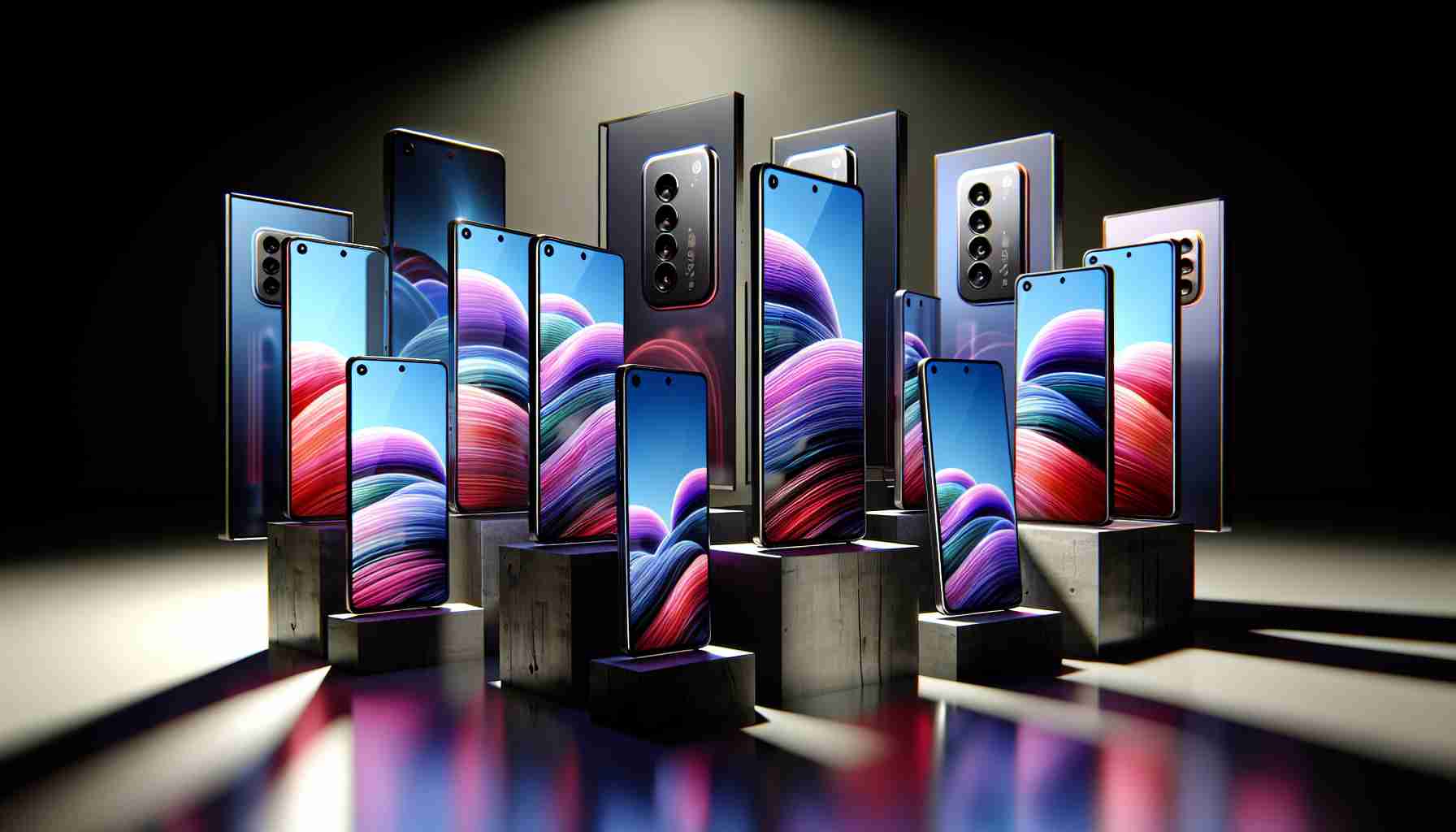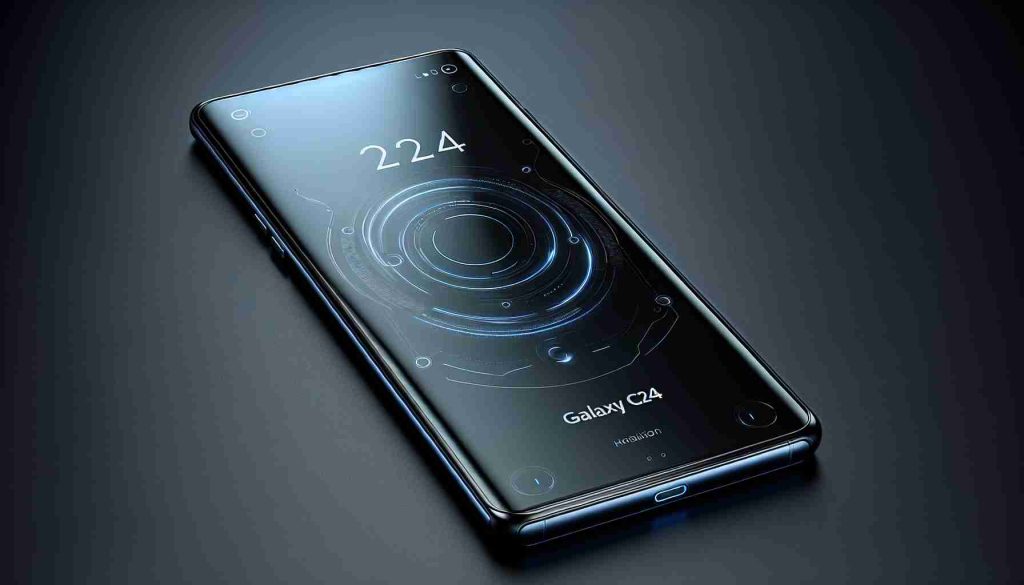In today’s smartphone market, the importance of a high-quality camera cannot be overstated. As more people rely on their mobile devices for photography, manufacturers are continuously pushing the boundaries of camera technology. The need for clarity, detail, and vibrant colors has never been greater. In this article, we explore some of the best mobile phones of the current era that offer exceptional camera capabilities.
One of the top contenders for high-quality photography is the Apple iPhone 14 Pro. This device boasts a triple-camera system, featuring a 48MP main sensor, a 12MP ultra-wide camera, and a 12MP telephoto lens. The iPhone’s computational photography, powered by the A16 Bionic chip, ensures that every photo captures stunning detail and vibrant colors, even in challenging lighting conditions. The Photonic Engine enhances low-light performance and reduces noise, making this phone a favorite among mobile photography enthusiasts.
Another remarkable device is the Samsung Galaxy S23 Ultra. Renowned for its incredible camera capabilities, this smartphone features a 200MP primary camera capable of creating images with extraordinary clarity. Its zoom functionality, which includes a 10x optical zoom, allows users to capture distant subjects without losing detail. The Galaxy S23 Ultra’s advanced image processing and Night Mode provide excellent results in varying lighting scenarios, solidifying its position as one of the best camera phones on the market.
For those who prefer a more budget-friendly option without compromising on camera quality, the Google Pixel 7 stands out. Known for its exceptional image processing capabilities, the Pixel series leverages Google’s software expertise to produce stunning photos. The 50MP main camera, combined with advanced AI features, offers remarkable clarity and color accuracy. The Night Sight feature is particularly effective, making it one of the best choices for low-light photography.
Additionally, the Sony Xperia 1 IV caters to photography enthusiasts who seek professional-grade camera features. It features a triple-lens system, including a 12MP main camera, telephoto, and ultra-wide lenses, all of which benefit from real-time Eye Autofocus technology. Sony’s commitment to camera performance shines through with its 4K video recording capabilities and a pro-grade photography interface, making it ideal for serious videographers and photographers alike.
Finally, the Xiaomi 13 Pro is worth mentioning, especially for its impressive camera setup that includes a 50MP main sensor, a 50MP ultra-wide camera, and a 50MP telephoto lens. With Leica collaboration, the Xiaomi 13 Pro offers unique photographic styles and high-quality output, appealing to those who appreciate artistic photography.
In conclusion, the smartphone industry is thriving with devices that offer high-quality camera clarity. Whether you are an amateur photographer or someone who enjoys taking pictures for memories, options like the iPhone 14 Pro, Samsung Galaxy S23 Ultra, Google Pixel 7, Sony Xperia 1 IV, and Xiaomi 13 Pro provide an array of choices suitable for any need. With these advancements in camera technology, creating stunning photos has never been easier.
Smartphone Photography: Tips, Life Hacks, and Interesting Facts
In an era where smartphones have become our primary cameras, understanding how to maximize their potential is key for any photography enthusiast. Below are some tips, life hacks, and intriguing facts that can help enhance your mobile photography experience.
1. Explore Camera Settings: Before diving into taking pictures, spend some time exploring your camera app’s settings. Most smartphones come equipped with modes for portrait, night, and panoramic photography. Getting familiar with these options can help you capture the best shots for different scenarios.
2. Utilize Natural Light: Natural lighting can significantly elevate your photos. Aim to shoot during “golden hour”—just after sunrise and before sunset—when lighting is softer and warmer. Avoid harsh midday light, which can create undesirable shadows.
3. Composition Matters: Familiarize yourself with the rule of thirds. This involves dividing your frame into a 3×3 grid and placing your subject at the intersection points. It creates a more balanced and visually appealing image.
4. Use HDR When Needed: High Dynamic Range (HDR) photography helps in balancing the light in a scene, especially in high-contrast situations. Enable HDR to ensure your photos look great, particularly where bright and dark areas compete for attention.
5. Steady Your Shot: To avoid blurriness, steady your hands or use a tripod. If you don’t have a tripod, try resting your phone on a solid surface while taking shots. Alternatively, use the timer function to reduce the chances of movement when tapping the shutter button.
6. Edit with Care: Post-processing tools can transform your images. Use apps like Snapseed or Adobe Lightroom to enhance your photos, but avoid over-editing. A slight adjustment in exposure, contrast, and saturation can go a long way.
7. Adventure with Angles: Trying different angles can lead to stunning and unique photos. Don’t shy away from getting close to your subject or shooting from a low or high perspective. Experimentation is vital to finding your style.
Interesting Fact: Did you know that the human eye can perceive around 10 million different colors? Modern smartphone cameras aim to replicate this color accuracy, which can make your images come alive with vibrant hues.
Pro Tip: Explore third-party camera apps like ProCamera or Halide for enhanced functionalities that allow manual adjustments similar to a DSLR camera.
As you venture into smartphone photography, these tips and hacks can help ensure that your photos make the most of your device’s capabilities. For those interested in exploring more about technology, photography resources, and smartphones, visit TechCrunch for the latest news and updates.
Remember, the most important aspect is to enjoy the process and keep experimenting. Happy shooting!























